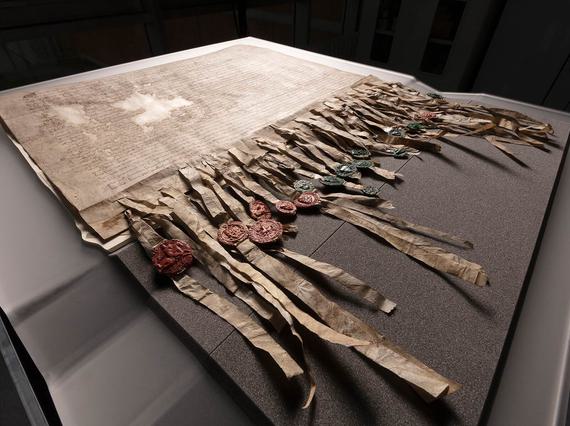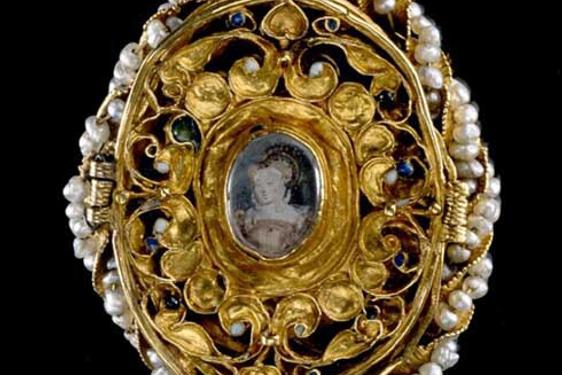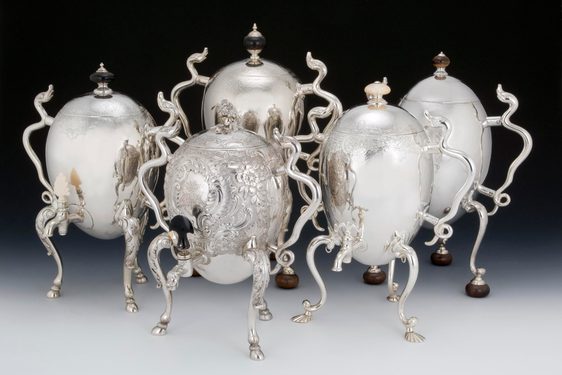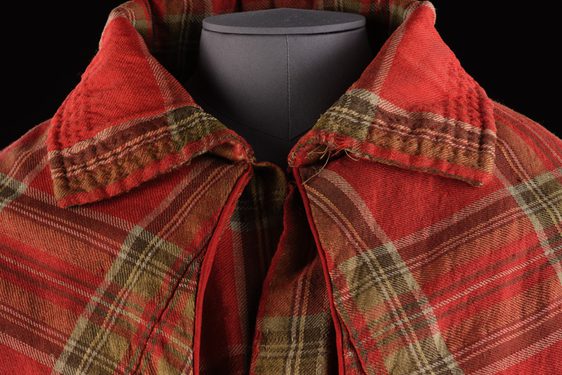
About The Declaration of Arbroath
The Declaration of Arbroath is a letter dated 6 April 1320 written by the barons and freeholders of the Kingdom of Scotland to Pope John XXII. The letter asked the pope to recognise Scotland's independence and acknowledge Robert the Bruce as the country's lawful king.
Despite the Scots' success at the Battle of Bannockburn, Robert I had not been recognised as king by either King Edward II of England or the Pope. At the time, the Pope desired peace between England and Scotland so that both kingdoms could help in a crusade to the Holy Land. The Declaration sought to influence him by offering the possibility of support from the Scots for his long-desired crusade if they no longer had to fear English invasion.
Written in Latin, it was sealed by eight earls and about 40 barons. It was authenticated by seals, as documents at that time were not signed. Only 19 seals now remain.
The surviving Declaration is a medieval copy of the letter, the original having been dispatched to the pope in Avignon. It is cared for by National Records of Scotland and is so fragile that it can only be displayed occasionally in order to ensure its long-term preservation.
Read a full transcription from The National Records of Scotland.
In partnership with
You might also like
- Discover

True or False: Objects associated with Mary, Queen of Scots
The life and death of Mary, Queen of Scots has given rise to countless legends over the years. Many places and objects acquire a new glamour through their association with her - genuine or otherwise. In our collection we have many items…Keep reading - Discover

Uniquely Scottish: 5 highlights of the silver collections
Scottish craftsmen in the Renaissance and Early Modern periods (c.1450-1750) produced a wealth of silver artefacts. Although their work was largely influenced by contemporary British and European fashions, the country’s silversmiths also…Keep reading - Discover

Tartan cloaks from the Georgian period
Beyond the realms of Highland dress tailoring, Scottish tartan emerged as a popular fashion fabric in Georgian Britain. The cloth found its way into a variety of everyday and occasional garments, such as women’s cloaks, gowns and…Keep reading
